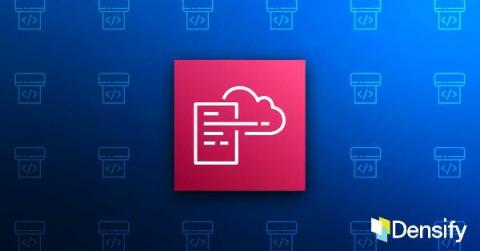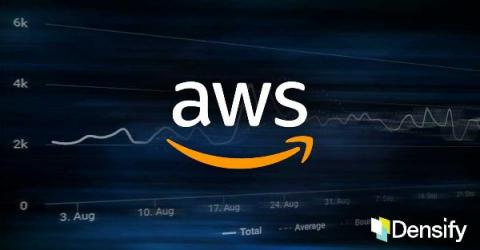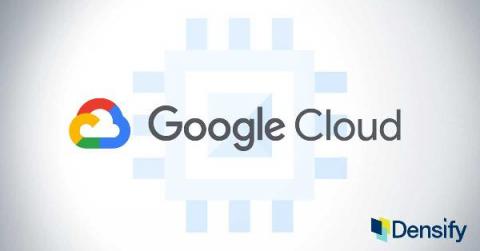Surviving the Server Chip Shortage
The global chip shortage, which began in 2020, continues as demand for semiconductor chips continues to far outpace production. Intel CEO Pat Gelsinger recently forecast shortages to be sustained through at least the remainder of 2022. As a result, IT operations teams at almost every company we’ve talked with have felt the crunch in the form of skyrocketing prices and delays of up to a year for procurement of physical servers.











